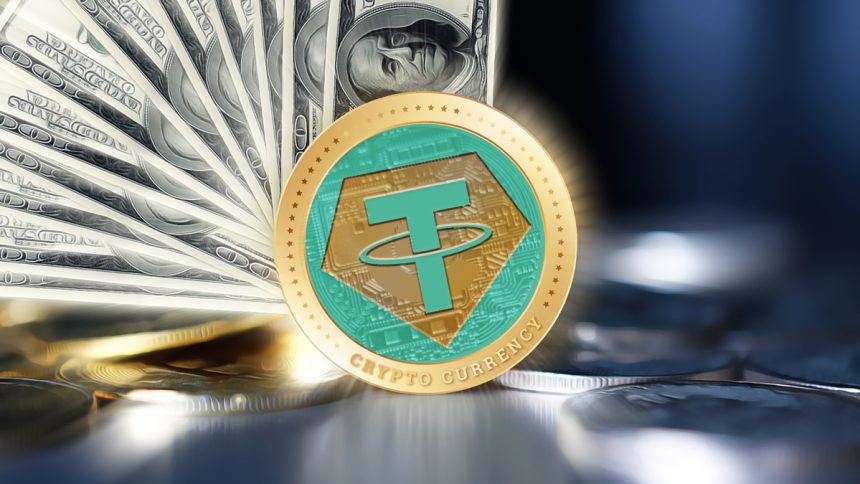Tether’s investment division successfully financed the first crude oil transaction in the Middle East. This transaction involved a large publicly traded oil company and a top commodity trader. The transaction enabled the transportation of 670,000 barrels of Middle Eastern crude oil worth approximately $45 million.
USDT’s Role in Trading
Tether aims to expand the use of USDT in global trade finance with this first crude oil transaction in the Middle East by its Trade Finance unit. The stablecoin issuer emphasized this initiative’s commitment to the oil sector in the region and USDT’s capacity to provide efficient payment solutions in trade.
Tether CEO stated that USDT increases the efficiency of markets. In his statement he said:
“With USDT, we are bringing efficiency and speed to markets that have historically used slower and costly payment structures. “This transaction is preliminary and we aim to support the broader commodity and other sectors.”
The Role of the Trade Finance Department
The Trade Finance division, established earlier this year, operates independently of Tether’s stablecoin reserves. The division focuses on seizing opportunities in the $10 trillion trade finance industry.
This important step allows Tether to explore more opportunities in commodity trading and other sectors such as finance and agriculture. The company has increased its capacity to manage trade agreements with blockchain-backed funds by using USDT as a stable and efficient means of payment.
Tether reinforced its financial strength by announcing a net profit of $ 2.5 billion in the last quarter report of 2024. The company turned a profit throughout the year thanks to its investments in assets such as U.S. Treasury bonds and gold.
Additionally, Tether last week launched its Dirham-linked stablecoin on the TON Network to leverage its power in the Middle East. This new stablecoin aims to serve the Web3 and fintech ecosystem in the region, along with the integration of blockchain technology in the United Arab Emirates.
Finally, Tether CEO Paolo Ardoino, Ethereum  $2,916 clarified the 2 billion USDT printing process that took place on the blockchain. This step involves distributing USDT from various blockchains to Ethereum as part of the liquidity management strategy. In other words, the fact that it is not a result of a pressure or a demand from scratch related to the distribution of the circulating supply to different networks makes this development neutral news for the market.
$2,916 clarified the 2 billion USDT printing process that took place on the blockchain. This step involves distributing USDT from various blockchains to Ethereum as part of the liquidity management strategy. In other words, the fact that it is not a result of a pressure or a demand from scratch related to the distribution of the circulating supply to different networks makes this development neutral news for the market.
Tether’s first oil transaction in the Middle East strengthens the company’s role in global trade finance and enables USDT to be used more widely in commodity trading and other sectors. This development shows Tether’s commitment to providing innovative solutions in financial technologies.
Disclaimer: The information contained in this article does not constitute investment advice. Investors should be aware that crypto currencies carry high volatility and therefore risk, and should carry out their transactions in line with their own research.








